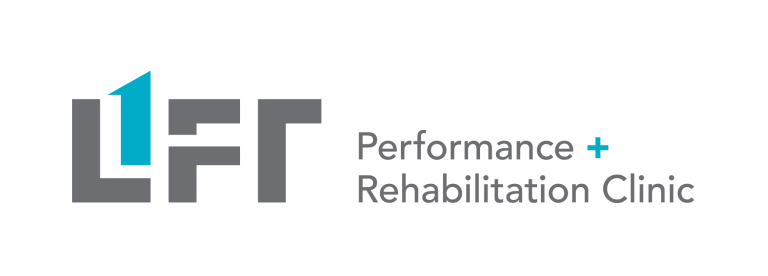Optimize your deep squat with Lift Clinic's team of physio, chiro, RMT and strength coaches!
The deep squat is an expression of range of motion through the spine, hips, knees, ankles, and feet.
We squat every single day to sit down, pick things up, and use the restroom!
The ability to get into a deep squat ensures your body can tolerate reps and reps of extreme positions involved in sports. Example: digging a low ball in volleyball, squatting down as a back catcher, or setting up a good start position off the blocks as a sprinter.
Assessing the squat can be useful in highlighting areas of improvement in mobility and strength to improve daily tasks, as well as performance.
See what our clients have to say :
Wow what an experience! I booked with Diana to address my recurring knee pains with weight training. She did a great job in the assessment and immediately recognized the possible mobility issues that are causing the discomfort. We went through a few exercises and some physical treatment that left me feeling better than ever! This was my first time, but Diana didn’t waste any time in making it a comfortable experience. Looking forward to booking again!
Visit our IG post to see some deep squat assessments in action
Deep squat screen: what is optimal?
☑️ Hips past parallel
☑️ No deviation side to side, or rotation
☑️ Ease of effort, no weight shift
If you didn’t pass the assessment, Lift clinicians will help you identify where the limitation may stem from.
Here are some assessments we use to find find the root causes of deep squat limitations

Active dorsiflexion
Standing with one foot in front of the other, the goal is 40 degrees of dorsiflexion in the back foot
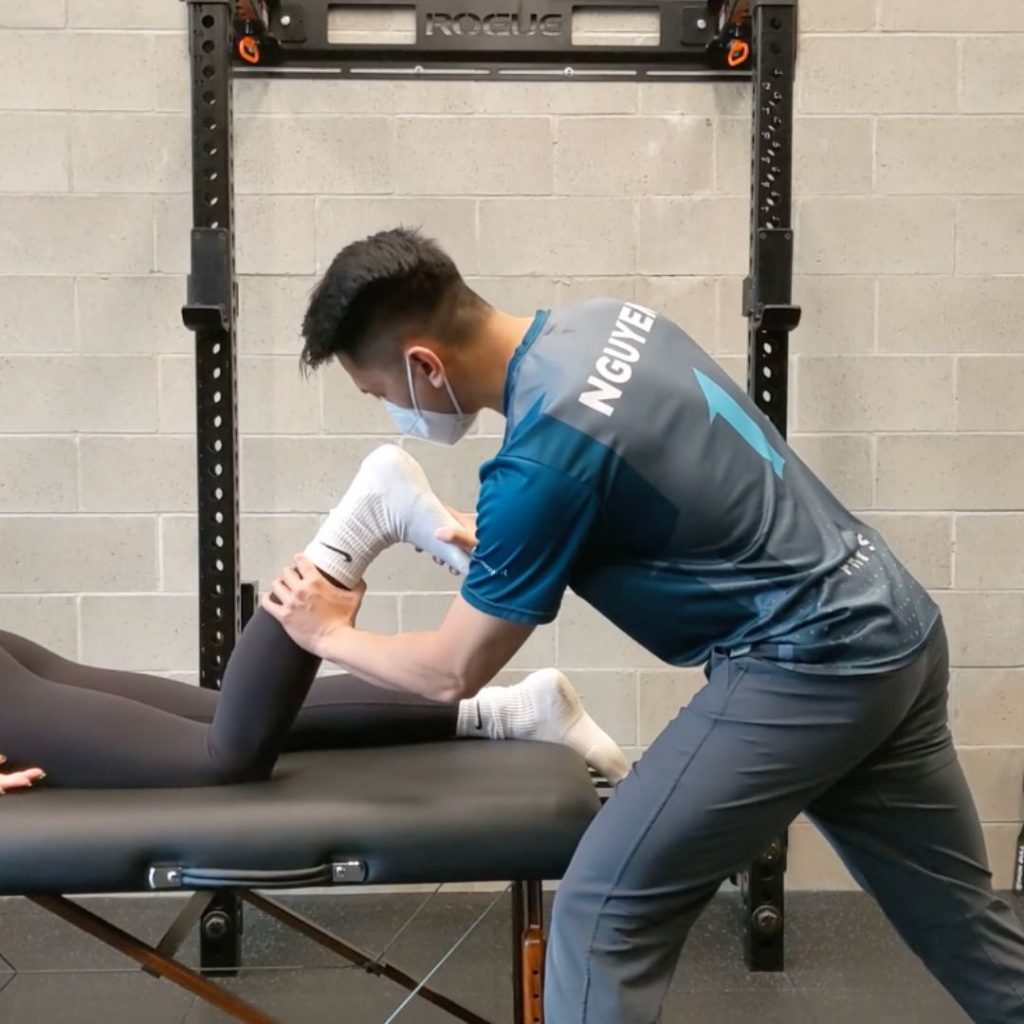
Passive dorsiflexion
In prone position (lying on your belly), the goal is 30 degrees of dorsiflexion while the knee is bent

Active inversion and eversion
In a sitting position, you should be able to invert and evert the foot without moving the knees
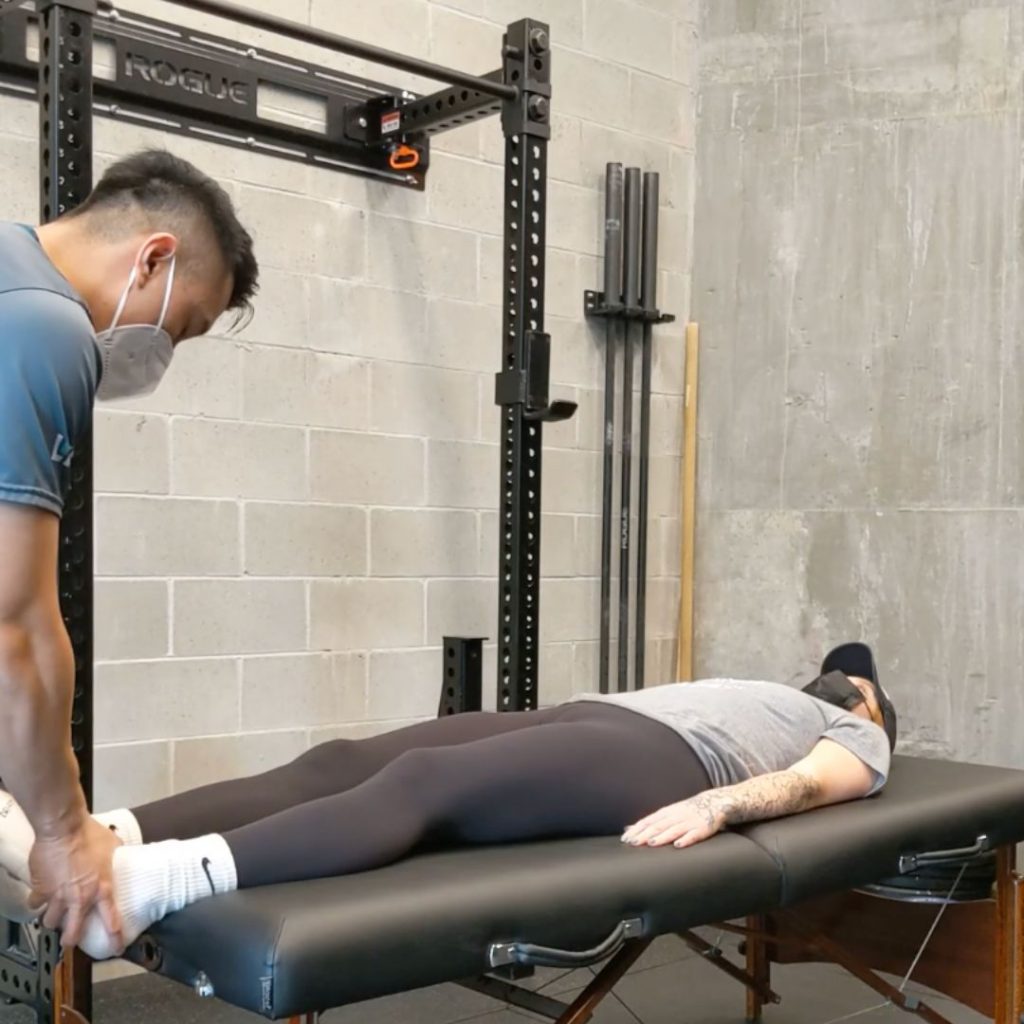
Passive inversion and eversion
In the passive test, the clinician should be able to easily move the ankle into inversion and eversion
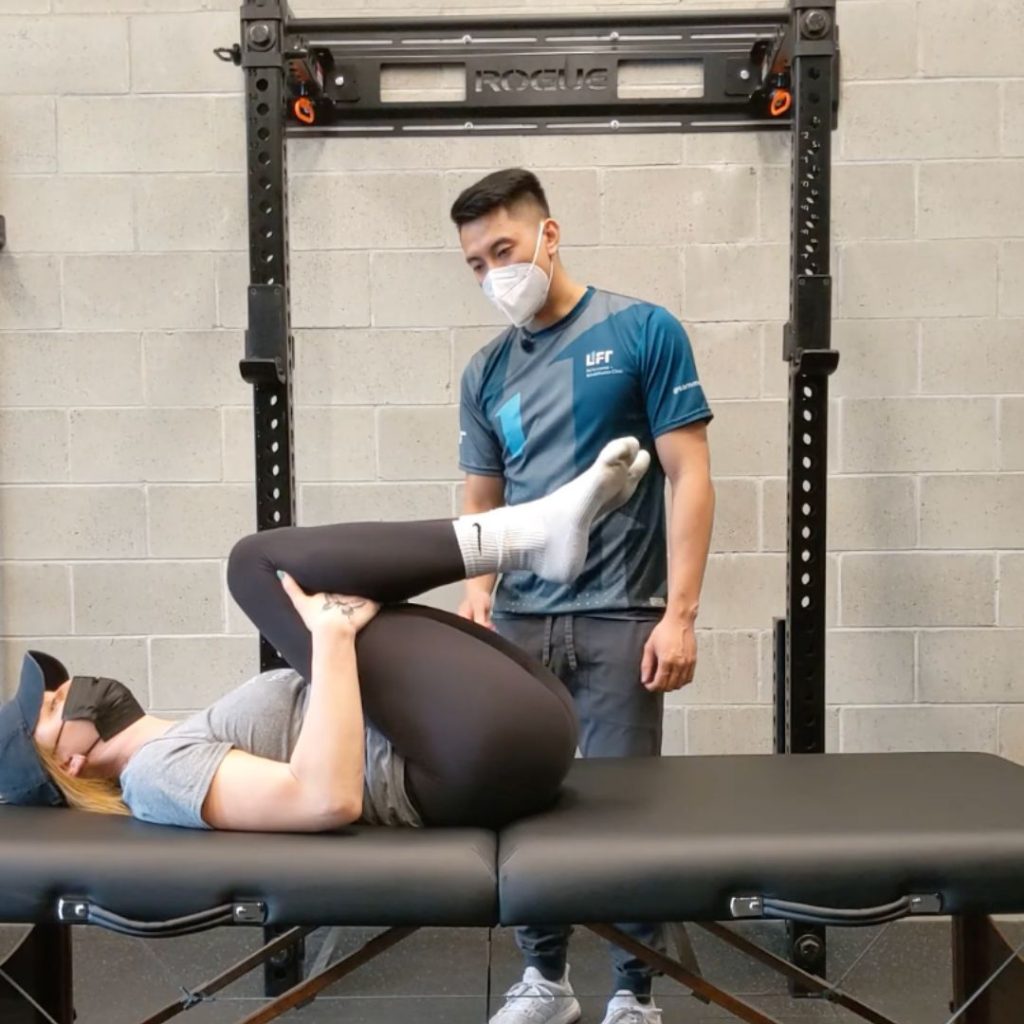
Hip flexion
While laying on your back, the goal is for you to be able to move into 120 degrees of flexion while keeping the sacrum on the table, and knees together.
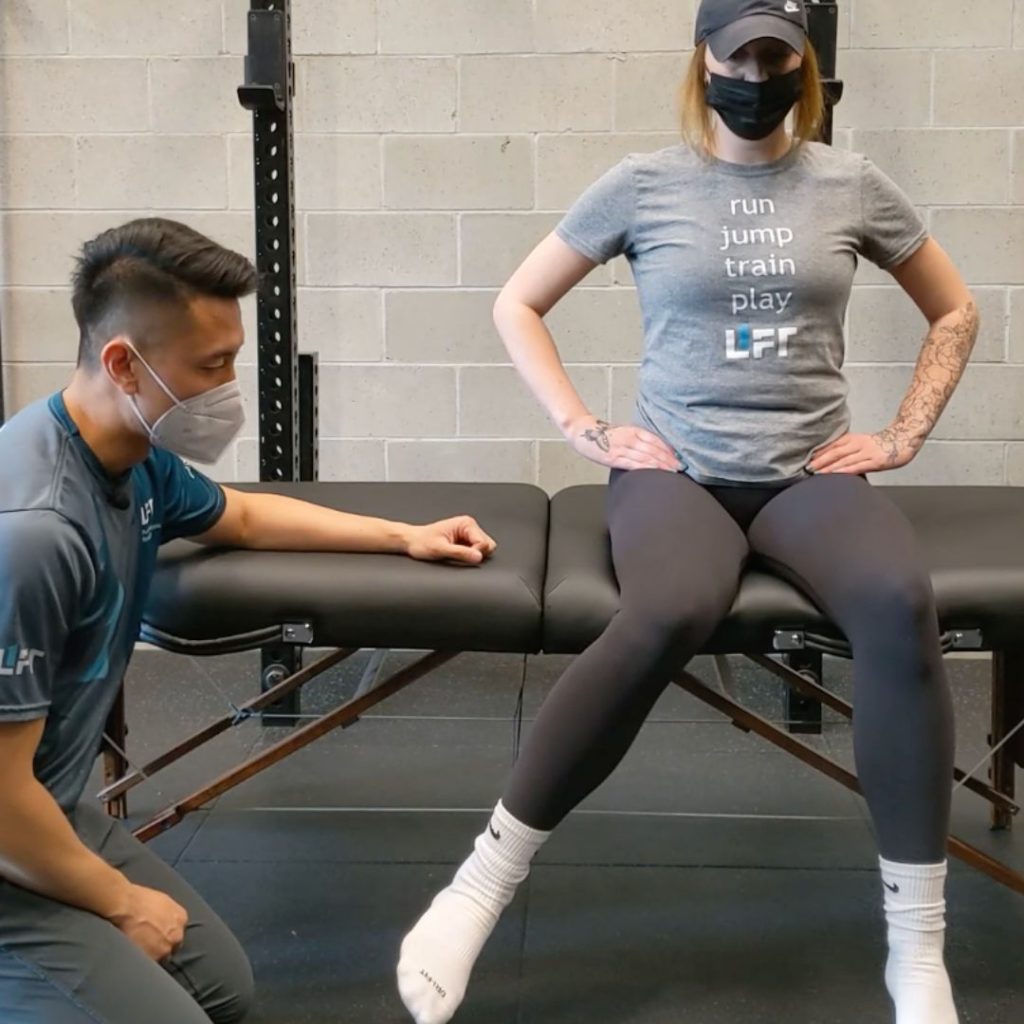
Seated internal and external
In sitting, we can look at hip internal and external rotation in a flexed position. The goal is 40 deg for external, 30 deg for internal, for a total of 70 deg. Occasionally, variations in anatomy of the hip joint result in internal rotation that is greater than external rotation. In those cases, the total range should still add up to 70.
